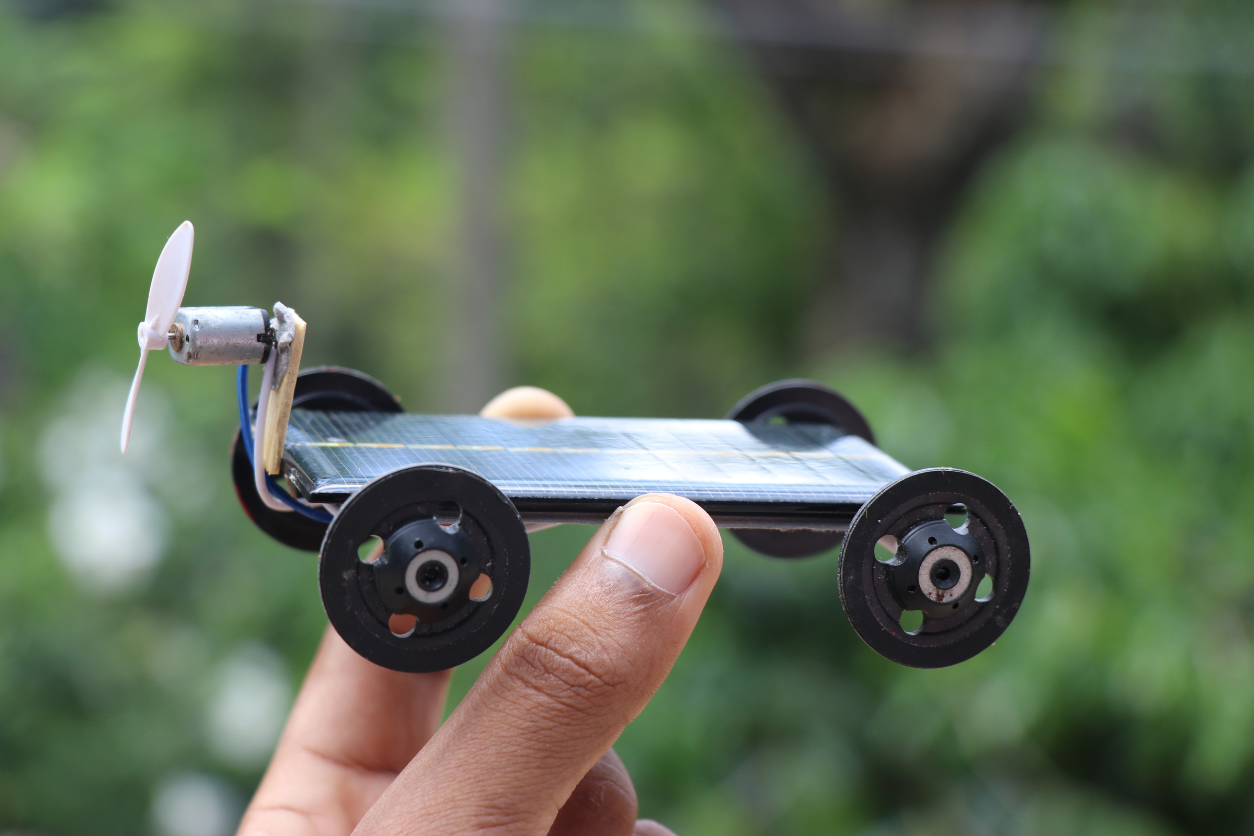The Rise of Solar-Powered Cars: Innovation or Dream?

Imagine cruising down the highway in a car that’s powered not by gasoline or even electricity from the grid, but by the very sunlight that warms your skin. Solar-powered cars have long been the stuff of science fiction, but now they’re edging closer to reality. With advances in technology and a growing demand for sustainable transportation, these vehicles are no longer just a futuristic concept—they’re becoming a potential game-changer. But the question remains: are solar-powered cars a real innovation, or are they still just a dream?
Let’s dive into the current state of solar-powered cars, exploring their potential, challenges, and what the future might hold.
The Concept: Harnessing the Sun
The idea behind solar-powered cars is beautifully simple: use photovoltaic (PV) cells—essentially solar panels—to capture sunlight and convert it into electricity that powers the car’s motor. The promise of such a vehicle is incredibly appealing. Imagine a car that could theoretically run forever, as long as the sun is shining. No stops at the gas station, no plugging into an electric charger—just you, the open road, and the sun above.
But like many things that sound too good to be true, there’s more to the story.
The Reality: Where We Stand Today
As of now, fully solar-powered cars aren’t quite ready for mass production. However, there’s been significant progress, and some vehicles on the market today incorporate solar technology in creative ways.
- Hyundai Sonata Hybrid: This hybrid model features a solar roof that can help charge the battery. It’s not enough to power the car completely, but it can add a few extra miles per day, particularly in sunny climates. While modest, this technology represents a step towards more integrated solar solutions in cars.
- Lightyear 0: A more ambitious example is the Lightyear 0, a car designed to be the world’s first solar-electric vehicle. With solar panels covering much of its surface, the Lightyear 0 can reportedly add up to 43 miles of range per day just from sunlight. For some drivers, this could mean days, or even weeks, without needing to plug in.
These cars are innovative, but they also highlight the current limitations of solar technology.
The Challenges: Why Isn’t Everyone Driving a Solar Car?
The idea of a car that runs purely on sunlight is enticing, but several significant challenges stand in the way:
- Energy Efficiency: Solar panels, even the most advanced ones, have limited efficiency. On average, they convert about 20% of sunlight into usable electricity. This means that, while solar panels can supplement a car’s energy needs, they’re not yet capable of fully powering a vehicle, especially on cloudy days or at night.
- Surface Area: For a solar-powered car to generate enough electricity, it needs a large surface area covered in solar panels. Cars, being relatively small, simply don’t have enough room to capture the amount of sunlight needed to power them completely.
- Energy Storage: Even if a car could generate enough solar power during the day, it would need a way to store that energy for use at night or on cloudy days. Current battery technology, while improving, still has limitations in terms of capacity, weight, and cost.
- Cost: Integrating solar panels into a car adds to the manufacturing cost, which can make solar-powered cars more expensive than their conventional or electric counterparts. This higher price tag can be a barrier for widespread adoption.
The Future: Innovation or Dream?
So, where does that leave us? Are solar-powered cars an innovation on the brink of revolutionizing transportation, or are they still a distant dream?
The answer is a bit of both. Solar-powered cars, as a concept, are an exciting innovation. They represent a vision of a future where our vehicles could be both environmentally friendly and independent of the electric grid. However, for the time being, they are more of a hybrid solution—a supplement to other forms of power, rather than a complete replacement.
But the dream isn’t dead. In fact, it’s driving some of the most exciting research and development in the automotive industry today. As solar panel efficiency improves, as batteries become more capable, and as manufacturing costs decrease, the viability of fully solar-powered cars will continue to grow.
The Big Picture: Why It Matters
Even if solar-powered cars aren’t yet ready to replace gas or electric vehicles, their development is crucial. They push the boundaries of what’s possible and inspire innovation in energy efficiency and sustainable transportation. Every step forward in solar technology not only brings us closer to a solar-powered car but also contributes to the broader goal of reducing our reliance on fossil fuels and cutting greenhouse gas emissions.
In the end, whether solar-powered cars become mainstream or not, they symbolize a critical shift in how we think about energy and transportation. They remind us that innovation often starts with a dream, and even if that dream isn’t fully realized yet, it’s a powerful force driving change.
So, while you might not be driving a fully solar-powered car tomorrow, don’t be surprised if, in a few years, your car roof is doing more than just keeping the rain off your head—it might be quietly gathering the sun’s rays, helping you move forward, one mile at a time.